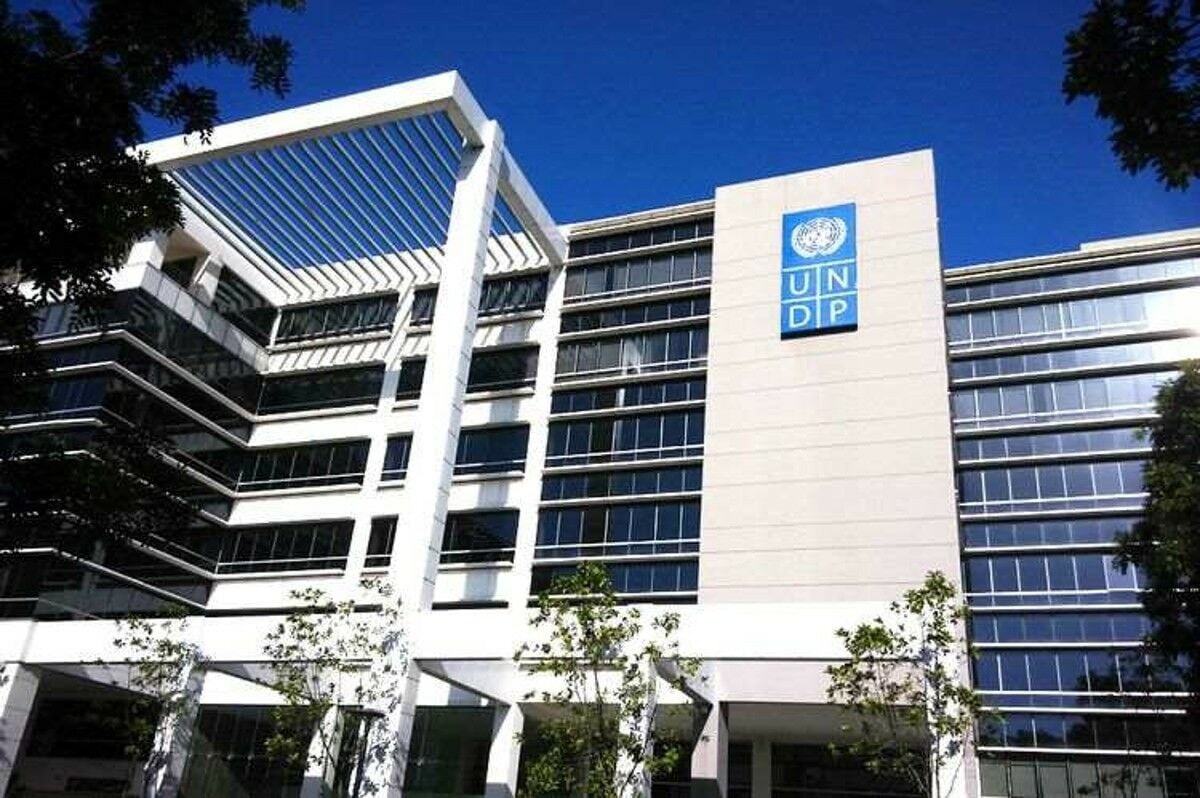Thailand boosts climate resilience in coastal areas with UN grant

Thailand is actively enhancing its capacity to tackle the escalating threat of climate change, particularly in its marine and coastal areas. This initiative, a collaboration with the United Nations Development Programme (UNDP), is titled Increasing Resilience to Climate Change Impacts in Marine and Coastal Areas along the Gulf of Thailand, and is supported by a US$3 million (101.2 million baht) grant from the Green Climate Fund.
Since its launch in August 2020, this four-year project aims to create effective solutions to mitigate Thailand’s vulnerability to climate change, with Rayong, Phetchaburi, Surat Thani, and Songkhla selected as pilot regions. Essential partners in this endeavour include the Department of Climate Change and Environment (DCCE) and the Department of Marine and Coastal Resources, both operating under the Ministry of Natural Resources and Environment.
Phirun Saiyasitpanich, head of the DCCE, highlighted Thailand’s vulnerability, noting that the country was ranked ninth among the nations most affected by extreme weather events from 2000 to 2019, as per the Global Climate Risk Index Report in 2021.
The intensifying impact of extreme climate events, such as rising sea levels, storms, flooding, heatwaves, and shoreline erosion, is causing significant strain on biodiversity, marine life, and resources, including mangroves, seagrass, and coral reefs in coastal provinces. These climatic changes also pose threats to local tourism, agriculture, fisheries, aquaculture, and natural resources.
Thailand’s efforts focus on aiding marine and coastal communities along the Gulf of Thailand to build resilience against climate change impacts. The UNDP has developed several climate adaptation measures designed to bolster Thailand’s long-term climate resilience. Among these is a climate-risk projection tool called the Thailand Adaptation Platform, which is accessible via the DCCE website. This platform offers data on climate change risk projections, vulnerability assessments, and a training manual for climate adaptation planning.
Other significant measures include the establishment of marine resource banks, the construction of sand fences to prevent shoreline erosion, and efforts to preserve and replant mangroves in susceptible areas.
Phirun stated that the data and best practices gathered through this project will be shared with other vulnerable coastal provinces, aiding them in building resilience against climate change.
Throughout the project’s four-year timeline, both provincial and local agencies in the four pilot provinces have been equipped with the knowledge and skills necessary for informed climate change adaptation planning, reported Bangkok Post.
What Other Media Are Saying
- Supporting Thailand’s National Adaptation Plan focuses on integrating climate change adaptation into marine and coastal area planning, enhancing capacities, and developing financing strategies.The article emphasizes the integration of climate change adaptation into marine and coastal area planning, highlighting the need to enhance technical capacities and develop financing strategies for climate adaptation. This includes building and strengthening capacities for integrating climate change adaptation in marine and coastal areas planning, budgeting, and monitoring processes, as well as producing policy-relevant climate risk assessments and designing tools to inform decision-making. The project also aims to formulate financing strategies and mechanisms for scaling up adaptation in marine and coastal zones, focusing on private sector engagement in natural resource management. The goal is to contribute to the implementation of Thailand’s National Adaptation Plan by addressing barriers such as information, knowledge, and coordination gaps, technical capacities for risk-informed approaches, and limited financing options for climate change adaptation. Overall, the initiative seeks to increase resilience to climate change impacts in marine and coastal areas along the Gulf of Thailand through a collaborative effort involving the Royal Thai Government, international organizations, and various stakeholders. (read more)
Frequently Asked Questions
Here are some common questions asked about this news
Why is Thailand focusing on marine and coastal areas for climate resilience?
These areas face rising sea levels, storms, and erosion, endangering biodiversity and local economies reliant on marine resources.
How might the Thailand Adaptation Platform transform climate resilience planning?
By providing climate-risk projections and vulnerability assessments, it enhances informed decision-making for sustainable adaptation strategies.
What if Thailand’s pilot project succeeds in its objectives?
Success could serve as a model for other coastal regions globally, promoting widespread climate resilience initiatives.
How do mangrove preservation efforts contribute to climate adaptation?
Mangroves protect coastlines from erosion, support biodiversity, and sequester carbon, playing a crucial role in climate resilience.
Why is knowledge sharing crucial for Thailand’s climate change strategy?
It enables replication of successful practices across vulnerable regions, enhancing overall national resilience to climate impacts.
Latest Thailand News
Follow The Thaiger on Google News:


























